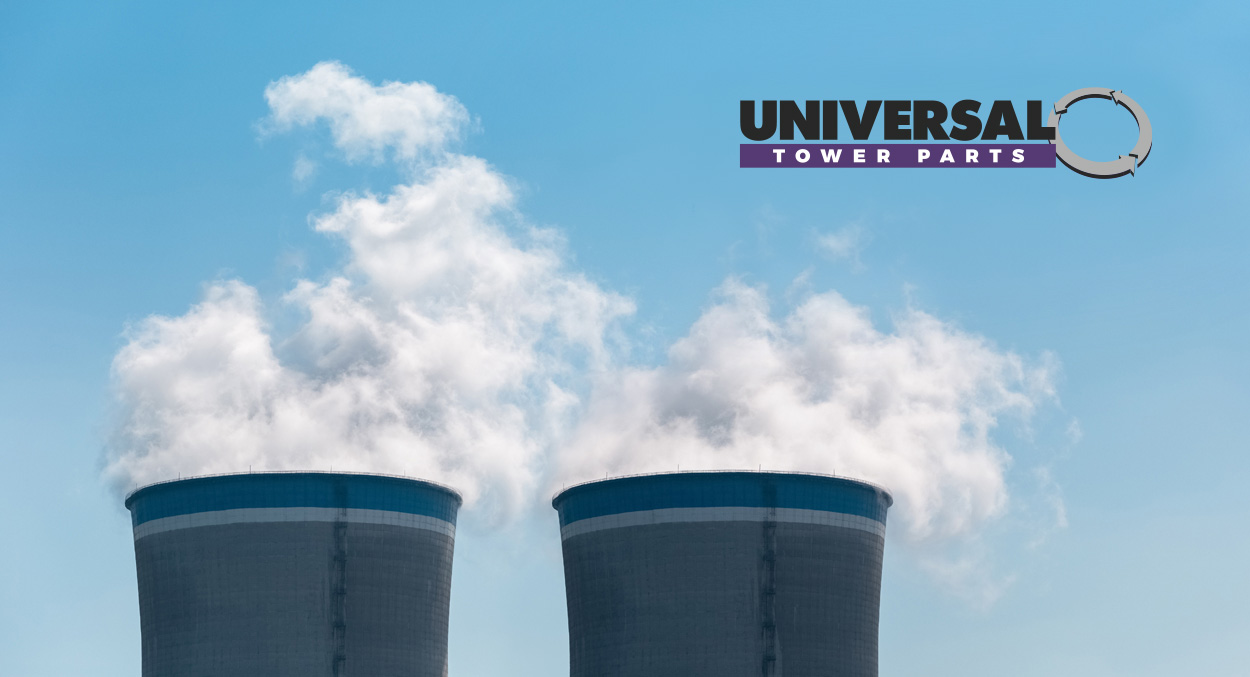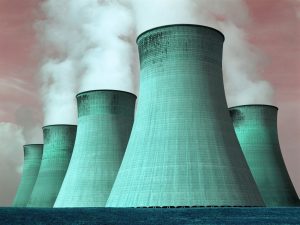If you are searching for “what are cooling towers” or “how do cooling towers work“, this article will tell everything you need to know!
Cooling Towers 101
Simply put, a cooling tower is a device that rejects heat. It takes in heat and puts that air into the atmosphere at a much cooler temperature, thanks to the cooling process of a water stream. You will generally find these large applications in chemical plants, nuclear power plants, HVAC systems and oil refineries. Cooling tower sizes will vary depending on location. The largest towers currently used measure more than 600 feet tall. These cooling towers, known as hyperboloid towers, are used mainly in nuclear power plants.
Cooling towers were initially developed in the 1800s, used for steam engines. By the time the next century began, many newer evaporative methods for recycling water were underway. These devices were especially popular in urban areas that lacked municipal water mains. The very first hyperboloid cooling tower was built in the Netherlands in 1918.
Cooling Tower Types
Here is a short list of common cooling tower versions:
- Crossflow cooling towers
- Counterflow cooling towers
- Factory assembled cooling towers
- Forced draft cooling towers
- Induced draft cooling towers
This section will provide details on these five cooling tower types.
Crossflow Cooling Towers
A crossflow cooling tower, because of its design, makes the hot process water flow down the fill media due to the force of gravity. This occurs while the air blows horizontally across the falling water, which cools it down. The air flow, of course, is the reason why it is named crossflow. In these towers, water requires only gravity for downward flow since there is no other force going against its direction. Hot water basins are placed above the fills, allowing for the water to be evenly distributed.
Counterflow Cooling Towers
In counterflow cooling towers, the hot process water flows downward on the fill media to continue its flow down to drain onto the cold water basin. In this model, though, the air will enter the tower in a lower section, compared to the crossflow towers. The air will flow upward, passing through the water flowing the fill, resulting in a cooling down phase. The pressurized pipes and nozzles are also placed further apart than in crossflow models, as to not restrict airflow to the tower.
Factory Assembled Cooling Towers
These towers are used for HVAC and industrial applications in situations where a high cooling efficiency is not needed and limited space is available. Easy transportation and installation are the two biggest benefits of factory assembled versions. Factory assembled cooling towers are very popular models because they can be custom made to fit your industrial area’s exact specifications.
Forced Draft Cooling Towers
Most industrial plants enjoy the benefits of using forced draft cooling towers. These models are extremely powerful, yet economical at the same time. Forced drafts remove low-potential heat generated within the production process. A counterflow of air and hot water in the cooling fill will result in a transfer of heat. These are ideal towers for the chemical and paper industries.
Induced Draft Cooling Towers
An induced draft tower features a fan at the top of the tower which pulls the air upward. The fan then induces the hot, moist air out of the discharge. The end result is a powerful exiting air velocity, reducing possible recirculation within the tower. These models will prevent any discharged air to flow back into the air intake point.
Cooling Tower Parts
Cross flow and counter flow cooling towers consist of the following parts:
- Air Inlet Louvers
- Basin Heaters
- Dura Drift Eliminators
- Drift Eliminators
- Fans
- Fan Belts
- Fill Media
- Float Valves
- Mechanical Parts
- Nozzles
- Pumps And Motors
- Sealants
- Tower Shield Coatings
- Vibration Switches
Lets highlight a few of these cooling tower parts below.
Air Inlet Louvers
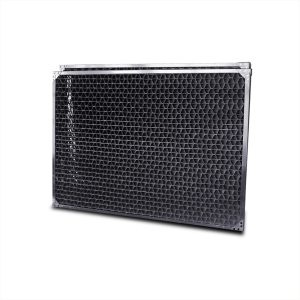
Air Inlet Louvers serve many purposes. This part can keep sunlight out of the cooling tower while also controlling any algae growth. This will keep chemical costs to a minimum. The louvers give easier basin access and removal, as well.
Dura Drift Eliminators
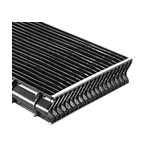
You won’t be able to find a more efficient drift eliminator on the market than the Dura Drift Eliminators sold by Universal Tower Parts in Phoenix, AZ! Dura Drift Eliminators are safe to walk on, and they can pressure washed with no damage at all.
Cooling Tower Fans
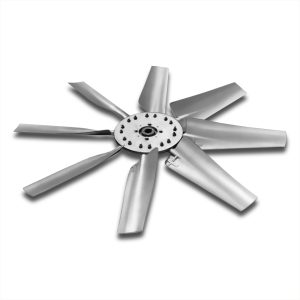
Whether you are searching for industrial cooling tower fans or specific fan blades, Universal Tower Parts has you covered. Fans are crucial to the efficiency of the cooling towers, used to drive air throughout the tower. A top-notch cooling tower fan will save you from any maintenance costs in the future. Certain fan models are available for purchase for those looking to cut down on the noise created within the cooling towers.
Float Valves
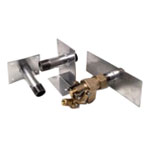
Float valves are custom made to ensure cooling tower functionality. These brass float valves require very little maintenance. Most float valve settings are designed to keep from wasting any water during pump shutdowns.
Mechanical Parts
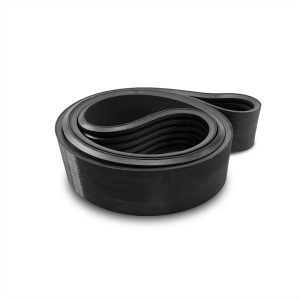
There are several different mechanical parts used to maximize the efficiency of the cooling tower. Some mechanical parts include pillow block bearings, sheaves and bearings, fan belts and wheels. Opting for cheaper mechanical parts can end up being costly over time due to expected maintenance.
Pumps And Motors
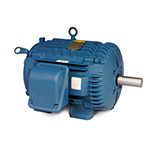
Universal Tower Parts offers a wide selection of top-notch pumps and motors, including cooling tower gear boxes and drives. Centrifugal pumps are designed to transfer liquid from one area of the tower to another area, essential for the water pumping process.
Vibration Switches
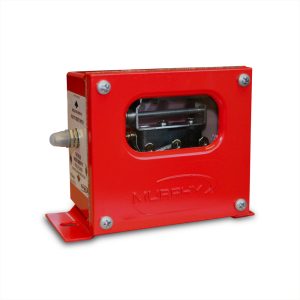
Vibration switches are very important parts of cooling towers. These switches can detect shocks and vibrations inside the tower, shutting the system down or sending an alarm if the tower reaches a certain pre-set level. Vibration switches keep constant surveillance of the tower, monitoring for excessive (and unwanted) vibrations.
How Much Do Cooling Towers Cost?
On average, a cooling tower replacement costs $125,000. Typical replacement costs will range between $50,000–$200,000. Regardless if it is a crossflow or forced draft cooling tower, this is the typical cost for a new or replaced cooling tower model.
Here are a few of the typical costs associated with cooling towers:
- Blowdown system: $30,000
- Feeder water system: $50,000-$250,000
- Circulation water system: $50,000-$300,000
Maintenance Checklist
- Inspect The Unit: Jot down notes on anything that looks and sounds unusual with the cooling tower. This will later serve as guideline for how to fix any potential issues.
- Disconnect Motor Switches: This is purely to ensure your safety while inspecting the tower. Of course, follow the recommended lock out procedures before attempting to perform any hands-on tasks.
- Inspect The Strainers: Clean any debris from the strainers, if possible. This will help guard against any unwanted materials entering the system.
- Inspect The Water Distribution System: Check the system for any dry areas over the fill coil section. Check the nozzles for either cracks or clogs if the surface is not completely wet.
- Flush Out Debris And Dirt: You can do this through the tower drain or sump strainer from the cold water basin. The goal here is to prevent dirt buildup.
- Check The Water Supply: First locate the predetermined water level by inspecting the makeup water supply. This is done to conserve water over time.
- Adjust The Bleed Rate: Make sure you know the local water quality regulations in your area ahead of time. Adjusting the bleed rate will block the accumulation of solid matter within the tower.
- Fix Tension Problems: The belt drive system can only function at the highest level when any tension issues have been resolved.
- Check Oil Quality: Follow the manufacturer’s advice by checking oil quality, level and shaft alignment for the gear drive system.
- Lubricate Bearings Of The Fan Shafts: This is done to guarantee proper operation. Do this task once every three months.
Universal Tower Parts In Phoenix, AZ
Universal Tower Parts provides stainless steel and galvanized options, welded and gasketed, direct, gear reducer and belt drive units, with efficient Jedair fans, and Jedair low noise fans. Strainers, fan guards and louvers are well constructed, and designed to operate efficiently as they perform their function. Cool Core drift eliminators and fill are made by Universal Tower Parts expressly for our towers.


